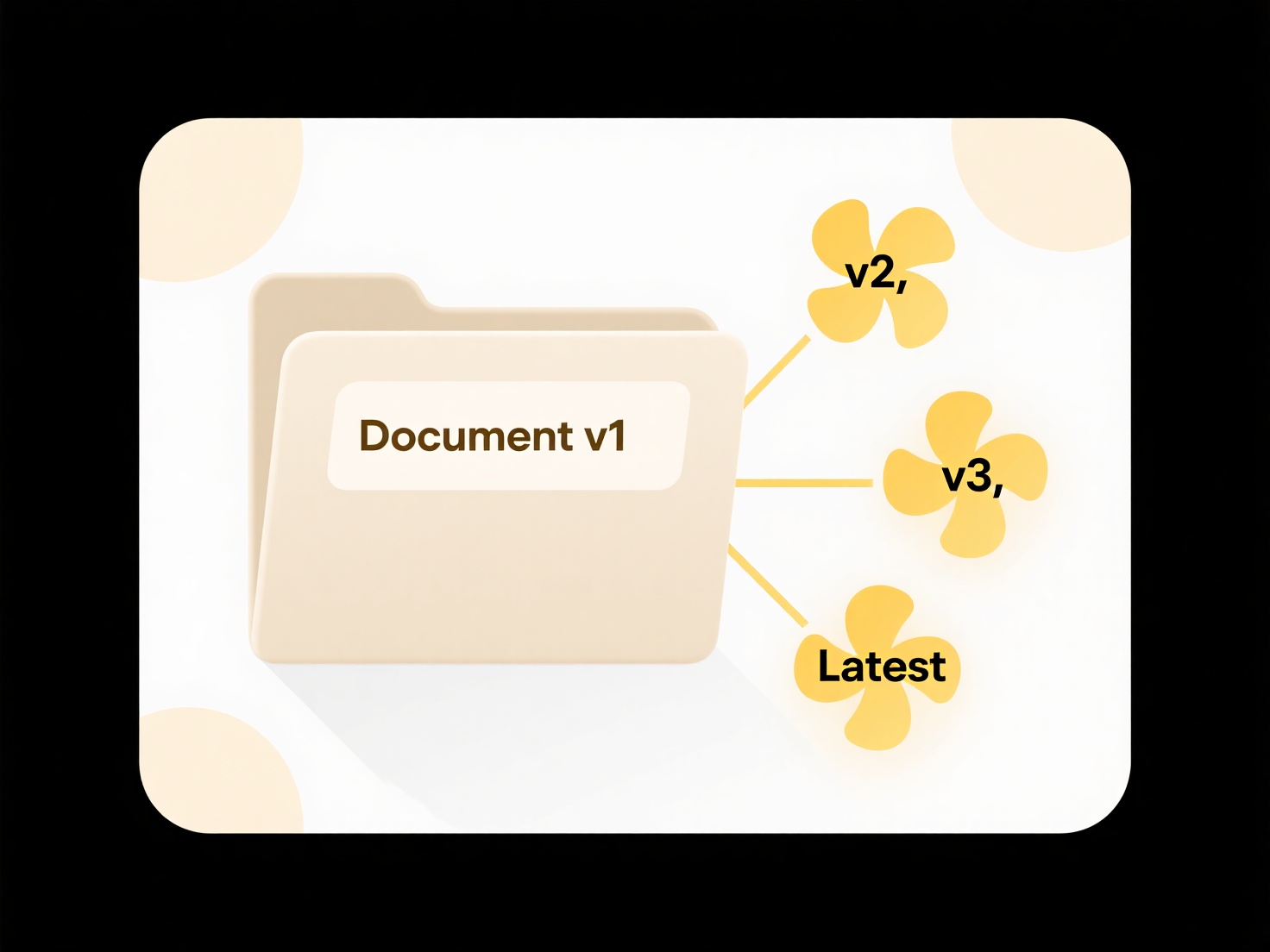
Password protection adds a crucial security layer to compressed files like ZIP or RAR archives. During the compression process using software such as 7-Zip, WinZip, or WinRAR, you can set a password. This password is then required to open the archive or extract any files contained within it. Essentially, it means only someone with the correct password can access the original content you compressed, preventing unauthorized viewing or use of your files.

This feature is commonly used for securing sensitive documents before emailing them or uploading them to cloud storage. For instance, an individual might password-protect a ZIP file containing personal financial statements like tax returns before sending them electronically. In a business setting, an HR department might compress and password-protect folders containing employee contracts using tools like WinRAR or the built-in compression utilities in Windows or macOS, ensuring confidentiality when distributing them internally.
The main advantage is significantly enhanced security for sensitive content during transit or storage. However, limitations exist: the strength of the protection depends entirely on choosing a strong, unique password, as weak passwords can be cracked. Forgotten passwords usually make the files permanently inaccessible. Encryption standards like AES-256 (used by many modern tools) are robust, but users have an ethical responsibility to protect sensitive data appropriately. This capability remains essential for personal data protection and secure business communication workflows.
Can I add a password to a compressed file?
Password protection adds a crucial security layer to compressed files like ZIP or RAR archives. During the compression process using software such as 7-Zip, WinZip, or WinRAR, you can set a password. This password is then required to open the archive or extract any files contained within it. Essentially, it means only someone with the correct password can access the original content you compressed, preventing unauthorized viewing or use of your files.

This feature is commonly used for securing sensitive documents before emailing them or uploading them to cloud storage. For instance, an individual might password-protect a ZIP file containing personal financial statements like tax returns before sending them electronically. In a business setting, an HR department might compress and password-protect folders containing employee contracts using tools like WinRAR or the built-in compression utilities in Windows or macOS, ensuring confidentiality when distributing them internally.
The main advantage is significantly enhanced security for sensitive content during transit or storage. However, limitations exist: the strength of the protection depends entirely on choosing a strong, unique password, as weak passwords can be cracked. Forgotten passwords usually make the files permanently inaccessible. Encryption standards like AES-256 (used by many modern tools) are robust, but users have an ethical responsibility to protect sensitive data appropriately. This capability remains essential for personal data protection and secure business communication workflows.
Quick Article Links
Can I rename files inside a zip file without extracting?
Inside zip archives, files are stored in compressed form alongside metadata like filenames. Renaming a file directly wit...
What tools allow batch export of files?
Batch exporting refers to the process of simultaneously exporting multiple files from a source system or application int...
How can I transfer and open files between phone and computer?
Transferring and opening files between your phone and computer involves moving digital content like photos, documents, o...